The Evolution of the Hydrovac Industry

Digging has come a long way. From simple shovels to high-tech vacuums, there’s no doubt the process has evolved into something much easier than it once was. Nowadays, many industries rely on hydrovacs, specialized trucks that use pressurized water and powerful vacuums to break up and remove soil.
Known for their precision, hydrovacs have become the gold standard for challenging digging jobs. But hydrovacs haven’t always been the vehicles they are now. Keep reading to learn about their history and how they’ve evolved into the impressive vehicles they are today.

Before hydrovacs
Before we had hydrovacs, tools at our disposal weren’t nearly as advanced. For centuries, digging was a form of purely manual labor. Picks and shovels were responsible for landscaping, exposing utilities, and other digging tasks.
During the Industrial Revolution, society moved from manual labor to machinery. Industries needed faster ways to produce goods. Growing populations, more demand for infrastructure, and steam power advances created pressure to move beyond hand-powered tools.
This period of manufacturing growth triggered the invention of steam shovels and ultimately led to the development of backhoes and trenchers. These tools got the job done, but they also came with challenges such as:
- More risk of damaging utilities
- More risk of workers sustaining injury
- Poor precision
- Lack of efficiency
What workers back then didn’t know was that we’d one day have a truck that could solve all of these issues: the hydrovac.

Hydroexcavation of the 1800s
In 1818, French engineer Claude Chabert invented the hydraulic shovel, which used water to break up soil. This helped set the stage for hydrovacs by introducing the idea that water could be used for digging purposes.
A few decades later, in 1848, the California gold rush began. After James W. Marshall struck gold at Sutter’s Mill in Coloma, California, thousands of fortune-seekers flocked to the Golden State in hopes of finding wealth of their own.
It was during the gold rush that Edward Matteson originated hydraulic mining, a process that uses powerful streams of water to move rock and sediment, making gold extraction easier. Water was sourced from nearby rivers or reservoirs through iron channels called monitors, but this primitive form of hydraulic work had catastrophic consequences for the environment.
The overflow of uncontrolled water led to extensive flooding and erosion, which washed away natural structures and destroyed aquatic habitats. The Gold Rush proved that water could be a helpful resource when dispersing soil, but the concept of using water to move dirt hadn’t yet been perfected.
Hydrovacs in the 1900s
As cities grew in the 20th century, traditional digging tools sometimes hit gas, water, and electrical lines. The need for safer, more controlled excavation was obvious.
By the mid-1900s, excavation technology had begun to change dramatically. Canada is often credited for pioneering hydrovac usage, having used pressurized water for digging since 1913.
Engineers in North America began experimenting with vacuums and high-pressure water, a combination that would prove extremely valuable. Advances in pumps, hoses, and air compressors turned high-pressure water into a precise digging tool.
In 1969, the company Vactor® built a contraption called the ExcaVactor. This machine could cut through dirt and clean up debris using high-pressure jets of water and a vacuum system.
By the 1970s, hydrovacs became more commonplace. The 1980s marked a significant turning point for hydrovacs, as some all-terrain vehicles were modified to include vacuum equipment.
Vacuums became more powerful, with higher-capacity debris tanks that could carry more waste. This made it easier for workers to venture into rugged and/or remote areas with hydrovac equipment.
Companies like Vactor and Vac-Con began building hydrovac units designed with safety and efficiency in mind. By the 1990s, hydroexcavation was the go-to method for potholing and trenching, reducing the risk and expense of damaging underground utilities.

Hydrovacs today
Today, hydrovacs are recognized as a precise and reliable method for non-destructive digging. Hydrovacs have entirely transformed the digging process, making tasks like line installation and utility repair safer and more efficient.
Hydrovacs work well in tight environments, because the water they spray is exact. Hydrovac trucks can also dig faster than manual methods, and they even allow workers to break through frozen ground on cold days.
Today’s hydrovacs are ultra-modern, often equipped with advanced technology such as GPS capabilities and robotic arms that help workers dig in hard-to-reach locations. Other common tech enhancements, such as mounted cameras and digital water pressure control systems, play a role in maximizing hydrovac safety and efficiency.
Buy a hydrovac at Summit Truck Equipment
There’s no better way to understand the benefits of hydrovacs than through firsthand experience. Whether you need just one or a whole fleet, you can find one available on the Summit Truck Equipment website or visit one of our locations today for a closer look.
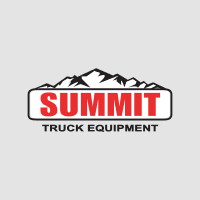






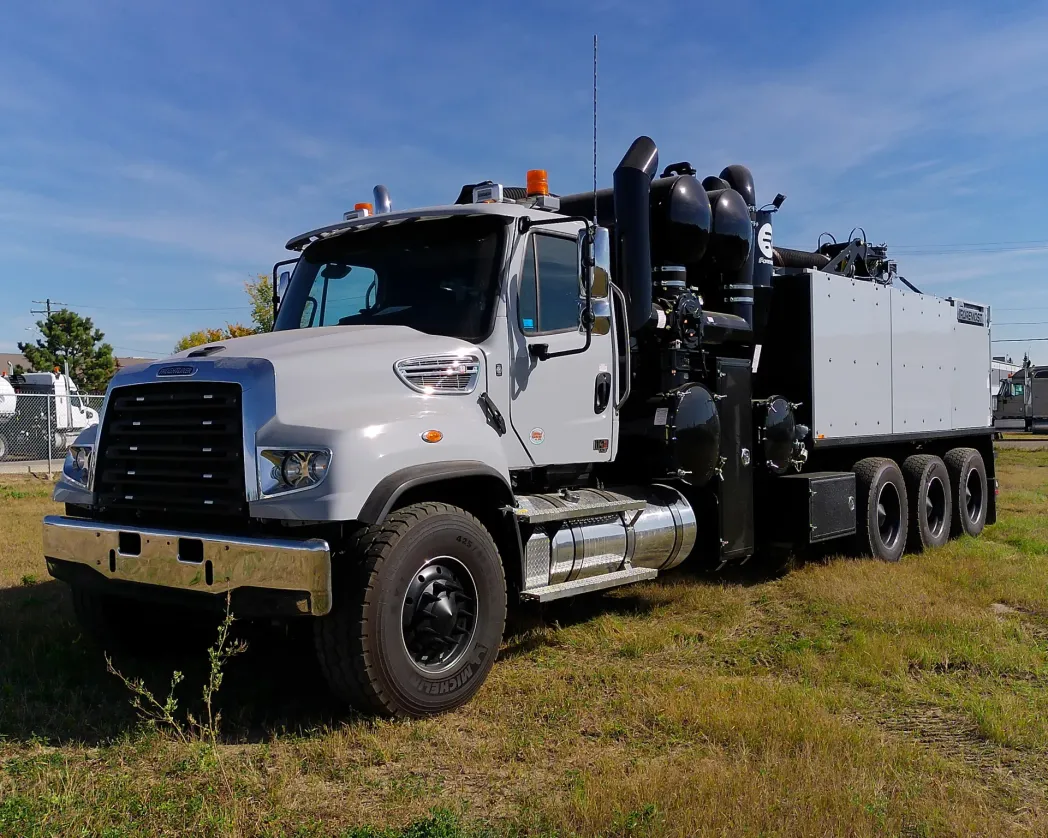

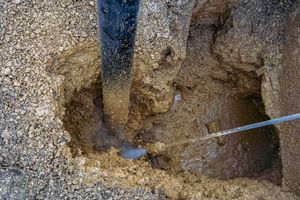

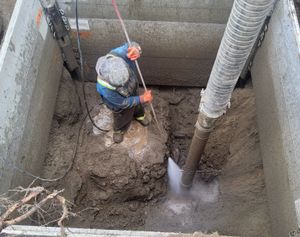

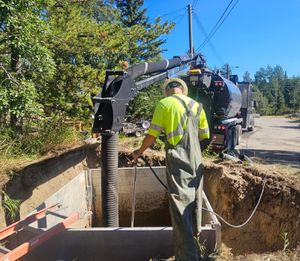



Share
Email
Facebook
SMS
Twitter